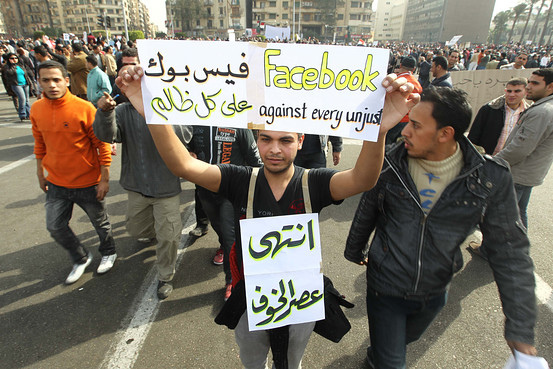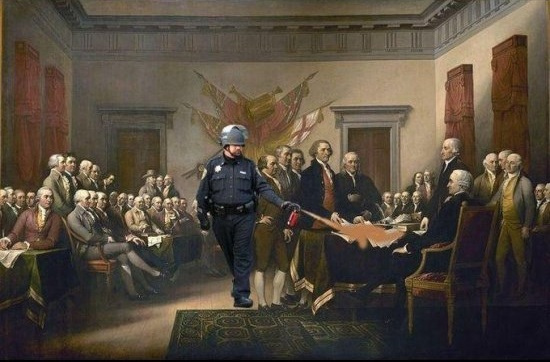Well, they say a year in the Internet business is like a dog year—equivalent to seven years in a regular person’s life. In other words, it’s evolving fast and faster.
—Vint Cerf, ‘father of the internet’ and Chief Internet Evangelist at Google
I think Vint Cerf’s observation about the rapid development of internet technology can also be applied to our everyday lives on the net.
Personally, I feel that the stream of updates through social networks and constant connectivity has had a strange affect on my time. Days feel like they pass more quickly than ever but thinking back to this time 12 months ago, seems, to borrow Cerf’s comparison, like a dog year. Perhaps it’s due to the fact that I’m rarely ever bored—those moments of being at a loose end when waiting for a bus have evaporated thanks to my iPhone. Or that I feel more connected to breaking news and analysis than ever—I’m consuming so much information that maybe my brain is being tricked into thinking time is expanding.
2011 has certainly been a monumental year online and January 2011 feels like a long time ago. This was the start of the Arab Spring and the real power of social media was demonstrated by helping to unite civilians to rise up against their tyrannical governments.
It could be argued that civil revolutions would have happened anyway without the use of Twitter and Facebook but never before have groups been able to organise themselves so efficiently and attract the attention of the world. The Egyptian authorities’ nervousness came to a head on January 27th when the government made the unprecedented move of cutting the nation’s internet.

#egypt was revealed as the number one trending hashtag on Twitter and #jan25—the date the civil revolution started in Egypt—also appeared as the eighth most popular hashtag on Twitter’s Year in Review.
In contrast, social media was held responsible for its role in August’s London riots. A 7000-strong Facebook group mourning the death of Tottenham resident Mark Duggan quickly started to mention vows of revenge against the Metropolitan police, and the Blackberry Instant Messenger service proved a useful tool for the rioters to coordinate themselves without being traced.
British internet censorship was also considered by the government as a way to prevent future acts of violence and looting spreading. Conversely, the post-riot public cleanup was coordinated through the website www.riotcleanup.co.uk.
Another example of online people power was the high profile exploits of hacking collectives Anonymous and Lulzsec. Seemingly unstoppable and untraceable, Anonymous were successful in hacking Sony Playstation and the emails of Bank of America, while Lulzsec launched an attack on News International.
More anonymous behaviour on Twitter saw the release of the celebs behind the super injunctions and British Twitter users flocked to the site to read the gossip first.

The tragic Japanese earthquake and tsunami caused the #japan hashtag to be the fifth most used term of the year and Google’s Street View cameras revisited the country’s roads to reveal haunting images of the devastation.
Lieutenant John Pike became an internet target after a video of him casually spraying a group of protesting students at University of California Davis went viral. Hollywood actor Charlie Sheen also became a viral sensation after his appearance on Good Morning America and gave birth to new internet lingo such as ‘tigerblood’ and ‘winning’.

Rebecca Black became one of the net’s fastest rising stars with the release of her Friday music video in February, but one of the most truly shocking and uncomfortable watches for me was this video of a racist tirade on a London tram.
Other moments include the online public outpouring of grief for the death of Apple co-founder Steve Jobs and watching celebrities and footballers duke it out on Twitter.
http://www.youtube.com/watch?v=QH2-TGUlwu4
And of course, I couldn’t let 2011 pass without mentioning Nyan Cat—57 million views and counting!
These moments are really just scratching the surface of what happened online in 2011. What other memorable moments have I missed?
Many of these stories will find their way into our new Life Online gallery—a permanent exhibition at the museum that will track the evolution and impact of the internet. The gallery has been designed so it can be updated easily and capture new landmark moments. I wonder what moments will define the coming year? Life Online is set to launch on 30 March 2012.